A journey of profound faith and unity, where the heart of Islam beats in the sacred city.
Embark on a spiritual voyage to the Hajj, the pinnacle of Islamic devotion held in the holy city of Mecca.
This isn’t merely a pilgrimage; it’s a soul-stirring journey to the very core of Muslim faith, wrapped in centuries of tradition and heartfelt prayers.
Imagine millions of believers from every corner of the globe, coming together in a breathtaking display of faith, all seeking spiritual renewal and unity under the vast desert sky.


The Hajj takes place during the Islamic month of Dhu al-Hijjah, with dates varying according to the lunar calendar.
Pilgrims wear simple, white garments (Ihram) symbolizing purity and equality before God.
The Hajj occurs once a year, but the holy sites in Mecca welcome visitors for Umrah throughout the year, except during Hajj season.
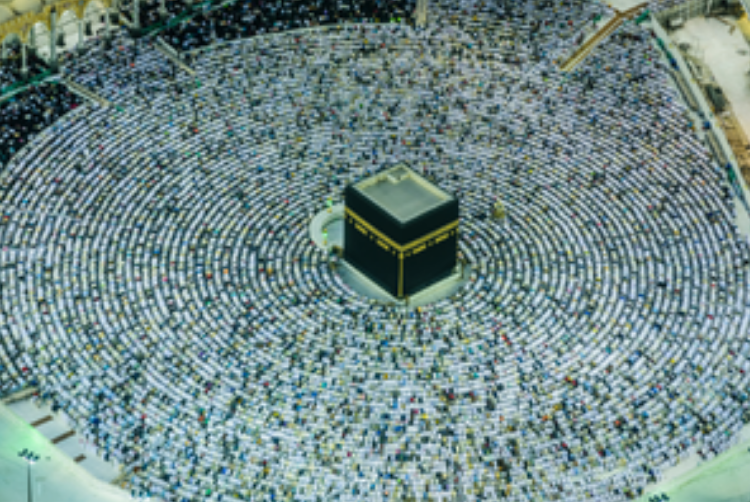
The holiest site in Islam, located within the Masjid al-Haram, towards which Muslims around the world turn in prayer.

The site of the Prophet Muhammad’s final sermon, a pivotal location visited during the Hajj.

A miraculously sourced well within the Masjid al-Haram, believed to have been provided by God for Hagar and her son Ishmael.
The Hajj is required of all who are physically and financially capable.
The Kaaba’s covering is replaced annually.
Pilgrims perform a series of rituals like Tawaf and Sa'i.

Over 2 million Muslims participate in the Hajj each year.
The Hajj promotes a sense of brotherhood and sisterhood.
The replacement of Kaaba covering symbolizes renewal and devotion.





The story of Hagar's desperate search for water for her son, Ishmael, in the arid valleys of Mecca, is a pivotal moment that preludes the Hajj.
Her sevenfold run between the hills of Safa and Marwah is immortalized in the ritual of Sa'i, a testament to a mother's perseverance and the miraculous emergence of the Zamzam well.
This sacred narrative underlines the essence of trust in divine providence and has been a source of inspiration for millions of pilgrims who trace her steps, seeking blessings and resilience.
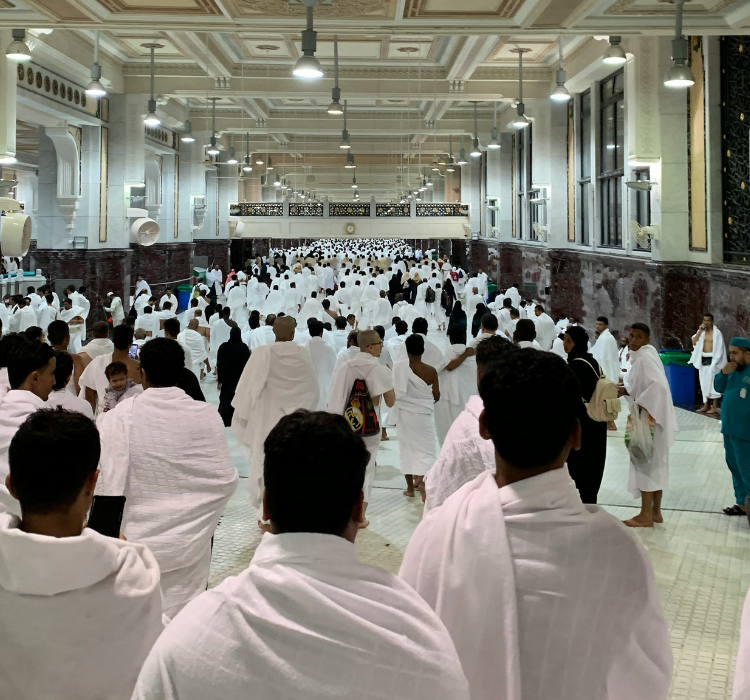
The Ihram, the simple white garment worn by pilgrims, strips away all markers of social status, wealth, and ethnicity, encapsulating the Islamic principle of equality before God.
This tradition, rooted in the desire to stand humble and equal in the divine presence, highlights the profound spiritual democracy of Islam, where every pilgrim's supplication ascends with equal fervor, underlining the universal bond of faith and brotherhood.

The experience of the pilgrims on the plains of Arafat, especially during the culminating moments of the Day of Arafat, is often described as a foretaste of the Day of Judgment.
It is believed that on this day, the closest to the Last Day, the mercy of God descends closest to the Earth.
The collective prayers, tears, and supplications under the open sky are a powerful manifestation of faith and hope in divine forgiveness, marking a moment of unparalleled spiritual intimacy and renewal.

The ritual of Rami al-Jamarat, the symbolic stoning of the devil, reenacts Abraham's act of defiance against temptation. This ritual unites pilgrims in a collective assertion of their faith and determination to resist wrongdoing.
Over the years, the Jamarat Bridge, the site of this ritual, has been redesigned to ensure the safety of millions, reflecting the continual evolution of Hajj practices to accommodate the growing ummah while preserving their profound symbolic meanings.
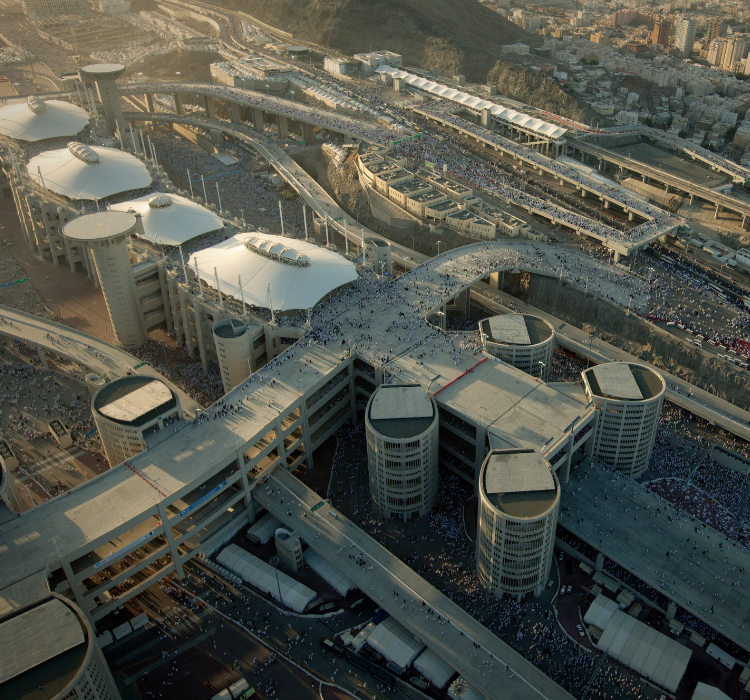
The Kaaba, the qibla (the direction facing the Kaaba) to which Muslims turn in prayer, stands as the epicenter of the Hajj.
Its history, from the reconstruction by Abraham and Ishmael to its cleansing by Muhammad, narrates the continuity of monotheism.
The annual Kiswa change, replacing the cloth covering the Kaaba, symbolizes renewal — of faith, commitment, and the universal message of Islam that transcends time and geography.

The Farewell Tawaf (A Tawaf being seven rotations around the Kaaba) marks the conclusion of the Hajj, a final circumambulation of the Kaaba, filled with prayers, reflection, and often, tears of departure.
It's a poignant reminder of the spiritual journey undertaken and the transformation it engenders in the heart of every pilgrim, a personal farewell that resonates with the collective consciousness of the Muslim ummah (or community of believers), reinforcing the deep-seated sense of unity and shared purpose.
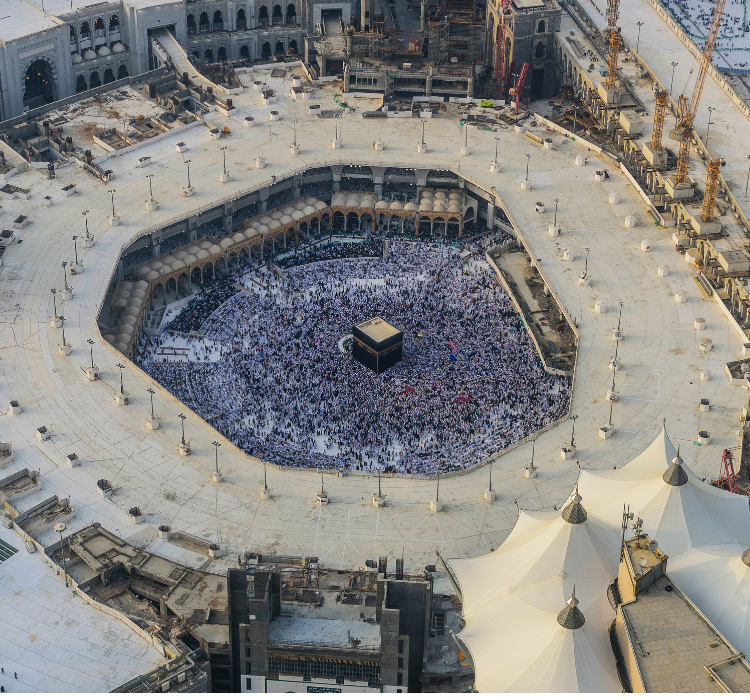
Each year, the Hajj renews the profound connection of Muslims to their faith, history, and community.
It is a living tradition that has adapted and thrived through centuries, a journey that has been etched into the spiritual DNA of the Muslim Ummah (global community).
The stories of the Hajj, from the ancient rites to the personal experiences of contemporary pilgrims, weave a rich tapestry of devotion, resilience, and unity that continues to inspire and guide the faithful across the world.
In Mecca, the Hajj unfolds as a timeless testament to Islam's enduring spiritual legacy, a sanctuary not built of stone, but of faith and the collective heartbeats of millions who seek the divine.
It stands as a beacon of hope, renewal, and profound spirituality, echoing the deepest aspirations of the Muslim soul.
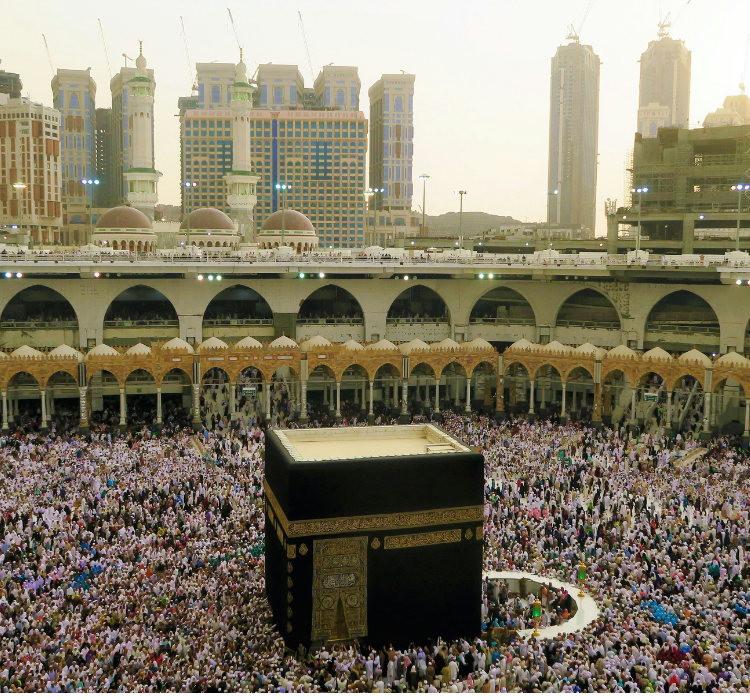
Birth of Prophet Muhammad in Mecca, laying the spiritual cornerstone for Islam and the pilgrimage to come.

The Prophet Muhammad receives his first revelation in the cave of Hira, near Mecca, setting the stage for the Hajj as a pillar of Islamic practice.
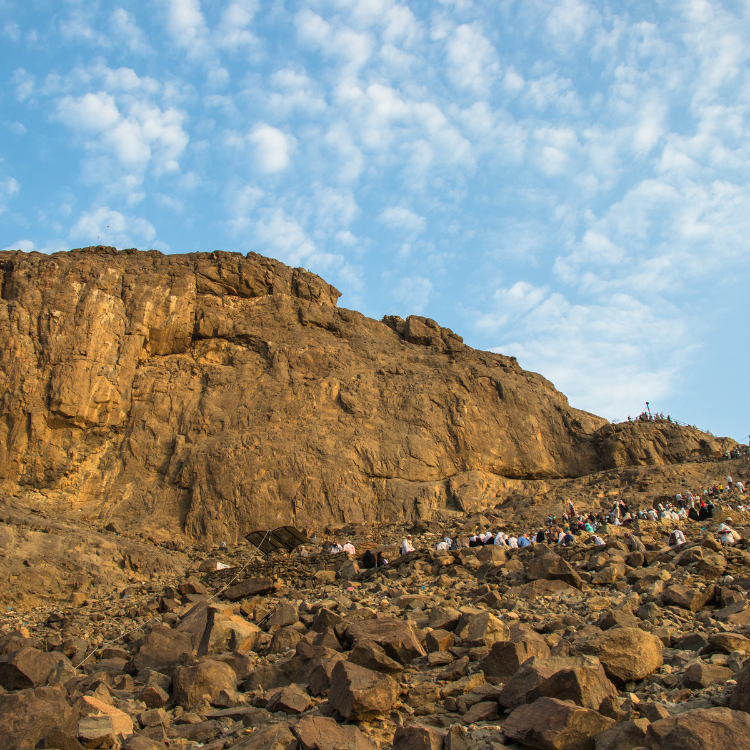
The Prophet Muhammad receives his first revelation in the cave of Hira, near Mecca, setting the stage for the Hajj as a pillar of Islamic practice.

The Hijra, the migration of Muhammad and his followers to Medina, marks a pivotal turn in Islamic history, indirectly setting the foundations for the Hajj by establishing a Muslim community.

The Prophet Muhammad leads the first Islamic pilgrimage to Mecca after the conquest of the city, cleansing the Kaaba of idols and reinstating it as a monotheistic worship site.

The Prophet Muhammad leads the first Islamic pilgrimage to Mecca after the conquest of the city, cleansing the Kaaba of idols and reinstating it as a monotheistic worship site.

The Farewell Pilgrimage, the last Hajj performed by the Prophet Muhammad, during which he delivers the Farewell Sermon, outlining the rites of Hajj and cementing its significance in Islam.
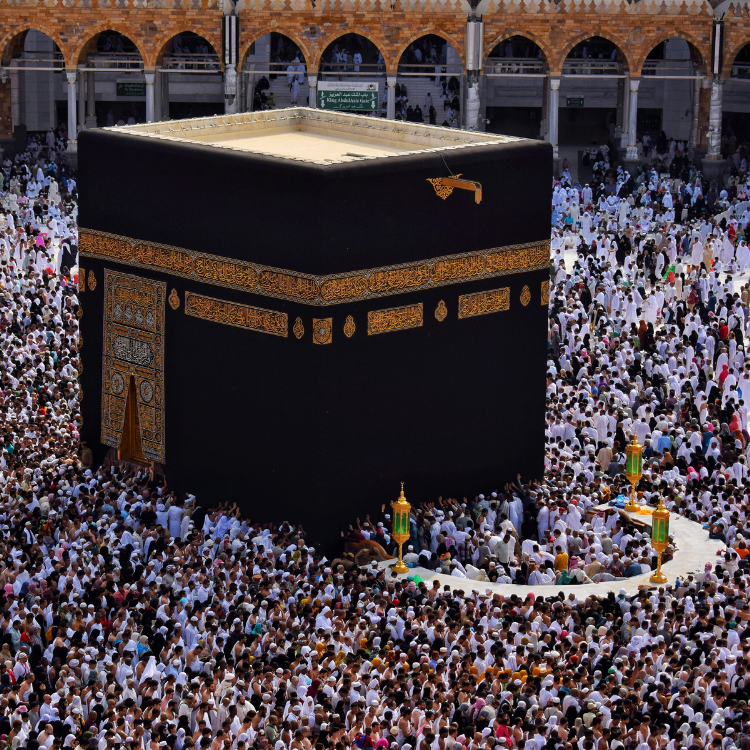
Under the Umayyad Caliphate, the Islamic empire expands, increasing the number of pilgrims performing Hajj from across the Muslim world, enhancing the infrastructure around Mecca.

Under the Umayyad Caliphate, the Islamic empire expands, increasing the number of pilgrims performing Hajj from across the Muslim world, enhancing the infrastructure around Mecca.

The Abbasid and later the Mamluk rule see further development and organization of the Hajj routes, including the establishment of guest houses, wells, and other amenities for pilgrims.

The Ottoman Empire takes control, significantly improving the safety and infrastructure of the Hajj pilgrimage, including the introduction of the Hajj caravan for safe passage.

The Ottoman Empire takes control, significantly improving the safety and infrastructure of the Hajj pilgrimage, including the introduction of the Hajj caravan for safe passage.

Saudi Arabia begins modernization efforts for the Hajj, introducing modern amenities and transportation, making the pilgrimage more accessible to the global Muslim population.

The introduction of the first computerized system to manage the Hajj, streamlining processes and improving safety and logistics for pilgrims.

The introduction of the first computerized system to manage the Hajj, streamlining processes and improving safety and logistics for pilgrims.

The establishment of the Mecca Metro, further facilitating the movement of pilgrims between holy sites during the Hajj.

The expansion of the Masjid al-Haram and surrounding areas is initiated to accommodate the growing number of pilgrims, one of the largest expansions in history.
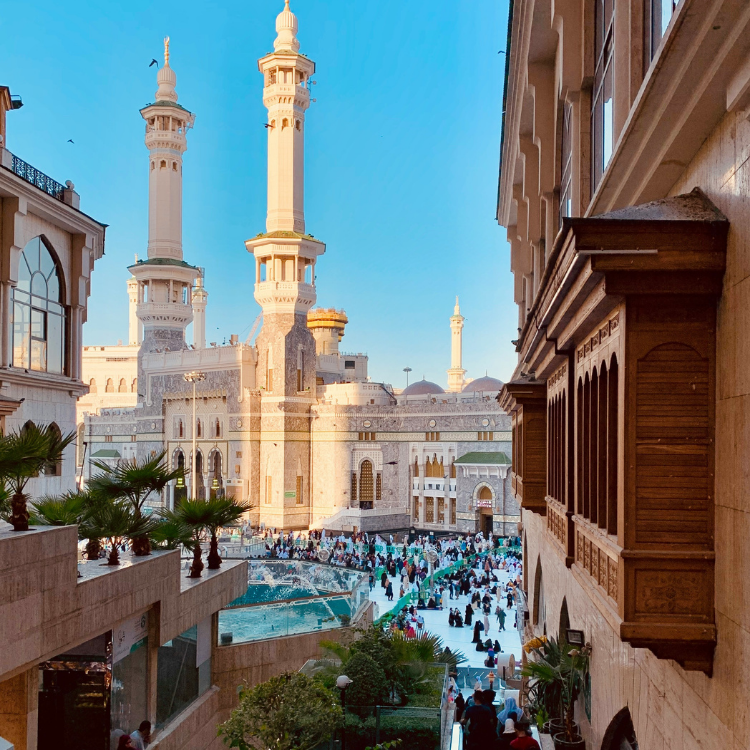
The expansion of the Masjid al-Haram and surrounding areas is initiated to accommodate the growing number of pilgrims, one of the largest expansions in history.

The Hajj sees unprecedented restrictions due to the COVID-19 pandemic, with attendance limited to a few thousand, highlighting the pilgrimage’s adaptability and resilience.

The Hajj continues to evolve with advancements in technology and infrastructure, maintaining its essence as a profound act of faith. It remains a dynamic testament to the spiritual commitment of millions of Muslims, converging annually in Mecca to perform rites established millennia ago, each pilgrim partaking in a journey that transcends time and space, reaffirming the unity and continuity of the Muslim Ummah.
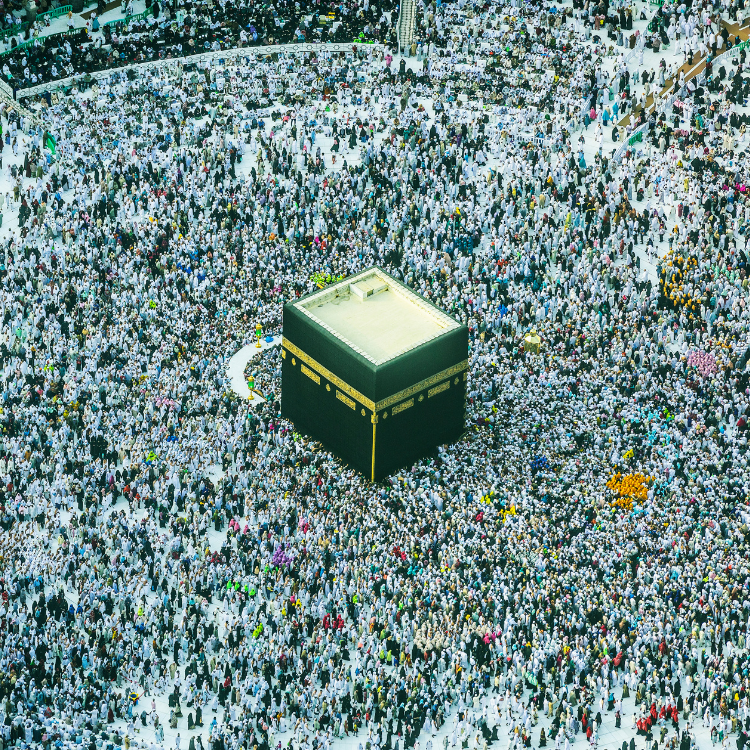
The Hajj continues to evolve with advancements in technology and infrastructure, maintaining its essence as a profound act of faith. It remains a dynamic testament to the spiritual commitment of millions of Muslims, converging annually in Mecca to perform rites established millennia ago, each pilgrim partaking in a journey that transcends time and space, reaffirming the unity and continuity of the Muslim Ummah.


The journey of the Hajj in Mecca is woven with the fabric of devotion, unity, and spiritual awakening.
From the moment the faithful set their intentions to perform this sacred pilgrimage, they embark on a path laid down by prophets, a path that transcends the physical to touch the very essence of their belief.
The inception of the Hajj traces back to the time of Prophet Ibrahim (Abraham) and his unwavering faith in Allah. His and his son Ismail’s (Ishmael) act of building the Kaaba marked the earthly grounds for this divine pilgrimage.
The well of Zamzam, a miraculous source of water sprung forth by the grace of Allah to quench the thirst of Ismail, further sanctified the valley of Mecca, making it a beacon of life and faith.
In 610 AD, the revelation of Islam to Prophet Muhammad in the cave of Hira added profound spiritual dimensions to the pilgrimage, enriching the rituals with the depth of monotheistic fervor. The Prophet’s migration to Medina and eventual return to Mecca, culminating in the Farewell Pilgrimage in 632 AD, established the Hajj as a cornerstone of Islamic practice, embedding the principles of unity, equality, and submission to God’s will into its rites.
Over the centuries, the Hajj has been a testament to the enduring spirit of Islam, drawing millions from across the globe to partake in its sacred rituals.
The circling of the Kaaba, the saunter between Safa and Marwah, the standing on the plains of Arafat, and the symbolic stoning at Mina reenact the profound legacy of faith, sacrifice, and divine mercy.
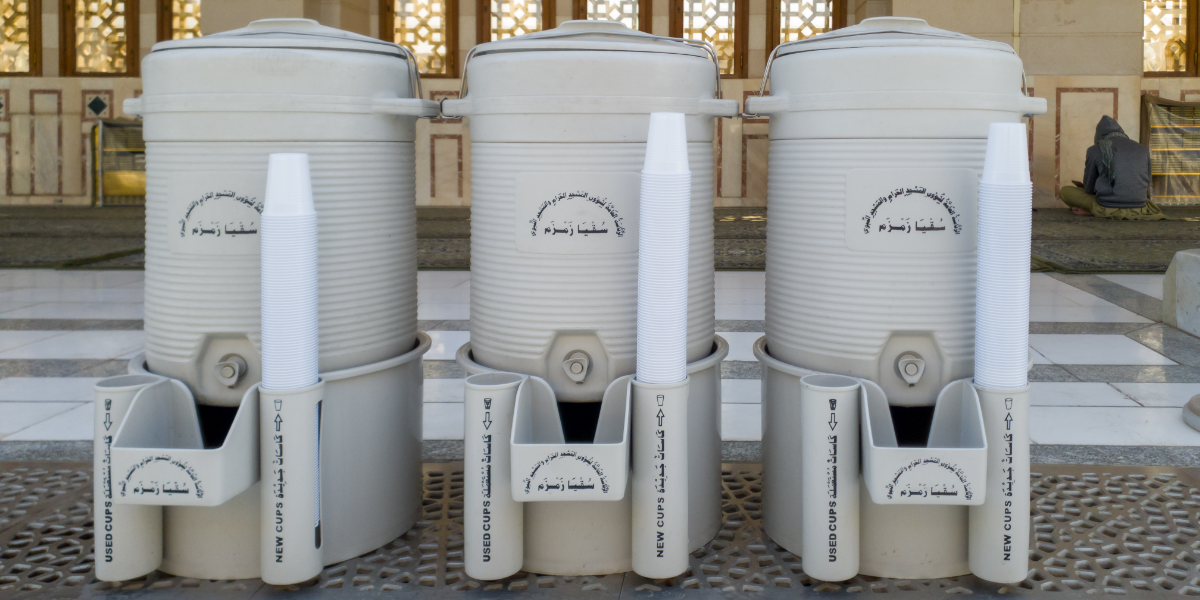
The story of Zamzam is not merely about quenching physical thirst but symbolizes the spiritual refreshment and nourishment that pilgrims seek in the act of Hajj.
This well continues to be a miraculous source of solace and sustenance for the pilgrims, echoing the providence of Allah to those in need.
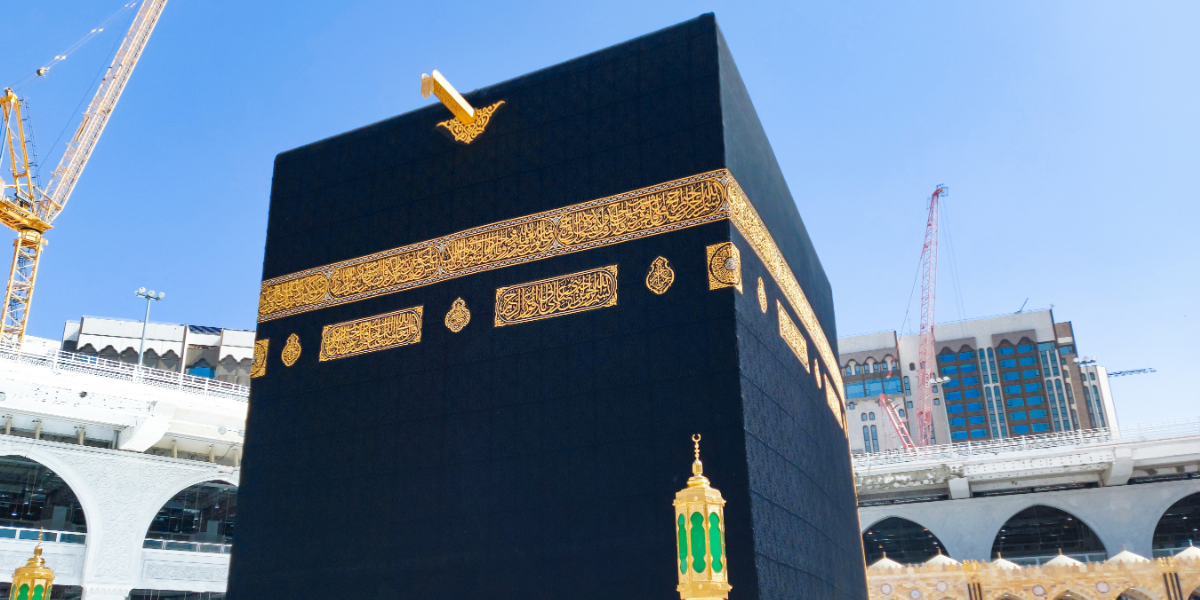
The Kaaba, a cube of simple construction, stands as the focal point of Islamic worship.
Its direction is faced by Muslims around the world during their daily prayers, and its physical circumambulation during Hajj is a manifestation of unity and faith.
Over time, the Kaaba has witnessed transformations, renovations, and the draping of the Kiswa (cloth covering the Kaaba), each act reinforcing its sanctity and centrality in Islam.

The Day of Arafat represents the climax of the Hajj pilgrimage, a day of repentance, prayer, and spiritual renewal.
Standing on the Mount of Mercy, where Prophet Muhammad delivered his last sermon, pilgrims seek forgiveness and mercy, in a moment that transcends time, connecting them directly to the heart of their faith.
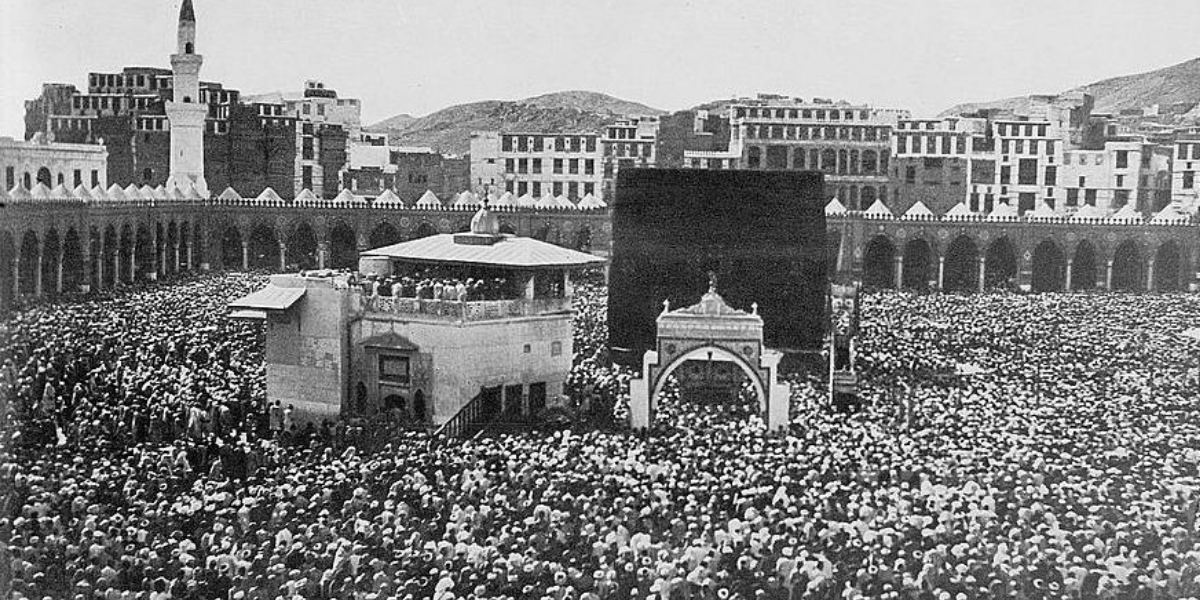
The Hajj brings together Muslims of every race, color, and nationality, clad in the simple attire of Ihram, standing shoulder to shoulder in equality and brotherhood.
This gathering is a powerful visual and spiritual representation of the Ummah’s diversity and unity under the banner of Islam.
In the annals of Islamic history, the Hajj stands as a beacon of faith, a pillar of Islam that calls the faithful to look beyond the horizons of their individual lives into the vastness of a shared spiritual journey.
It is a journey that molds the soul, reaffirms faith, and binds the heart of the believer to the Divine. The Hajj, in its essence, is not just a pilgrimage but a profound expression of devotion and a testament to the eternal message of Islam.
Contact Us
Copyright © 2025 Temples.org. All rights reserved.